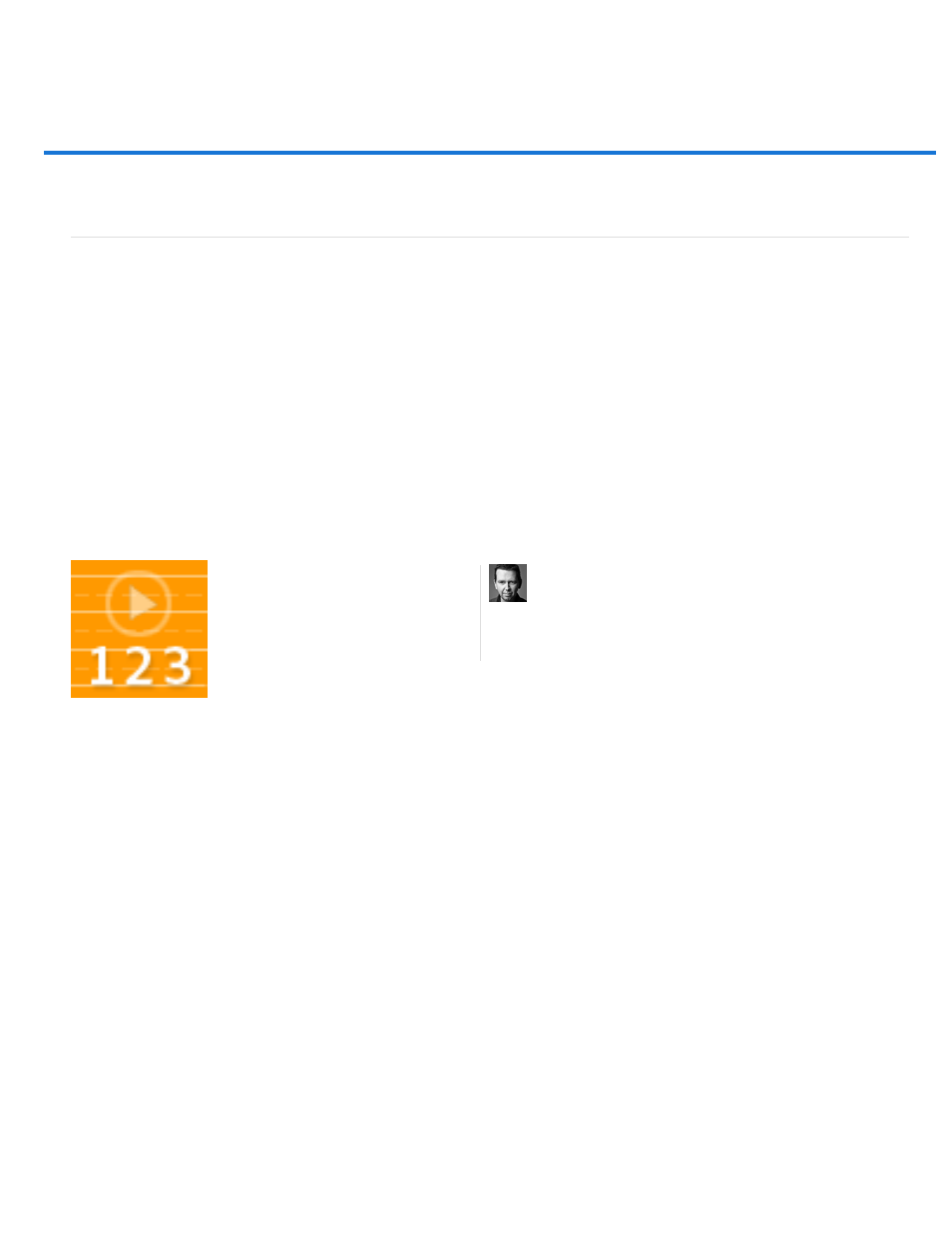Combine images with auto-blend layers, Auto blend layers – Adobe Photoshop CC 2014 v.14.xx User Manual
Page 302

Combine images with Auto-Blend Layers
Panorama
Stack Images
Auto blend layers
Use the Auto-Blend Layers command to stitch or combine images with smooth transitions in the final composite image. Auto-Blend Layers applies
layer masks as needed to each layer to mask out over- or underexposed areas or content differences. Auto-Blend layers is only available for RGB
or Grayscale images. It does not work with Smart Objects, video layers, 3D layers, or background layers.
Among the many uses of the Auto-Blend Layers command, you can blend multiple images of a scene with different areas in focus to achieve a
composite image with an extended depth of field. Similarly, you can create a composite by blending multiple images of a scene with different
illuminations. In addition to combining images of a scene, you can stitch together images into a panorama. (Although, it might be better to use the
Photomerge command to produce panoramas from multiple images.)
Auto-Blend Layers applies layer masks as needed to each layer to mask out over- or underexposed areas or content differences and create a
seamless composite.
Depth of field blending
1. Copy or place the images you want to combine into the same document.
Each image will be in a separate layer. See Duplicate layers.
2. Select the layers you want to blend.
3. (Optional) Align the layers.
You can align layers manually or by using the Auto-Align Layers command. See Automatically align image layers.
4. With the layers still selected, choose Edit > Auto-Blend Layers.
5. Select the Auto-Blend Objective:
Blends overlapping layers into a panorama image.
Blends the best details in each corresponding area. This options works best with aligned layers.
Learn more with this excerpt from Adobe
Photoshop for Photographers....
by
295
